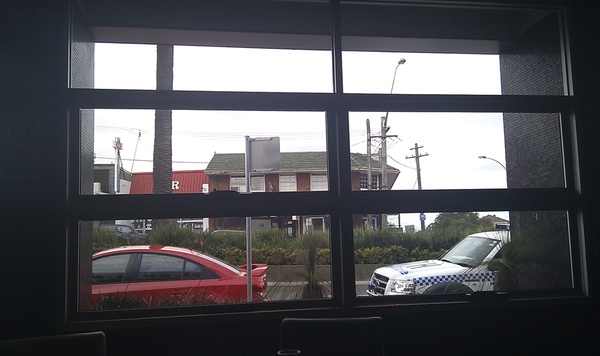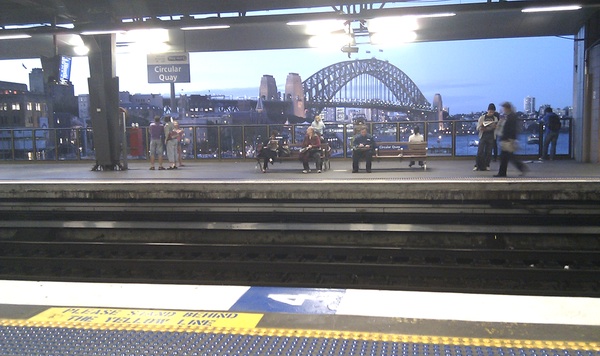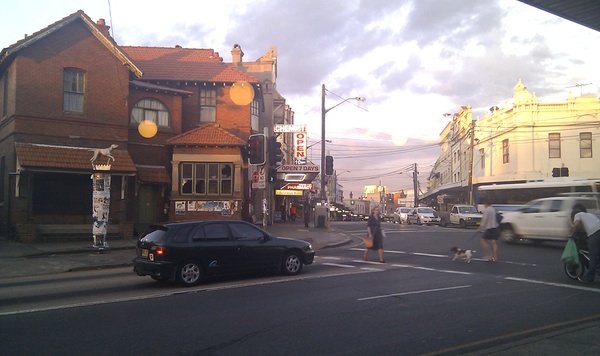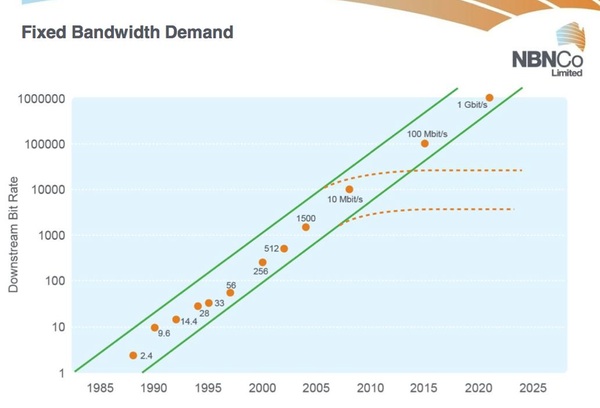A weekly summary of what I’ve been doing elsewhere on the internets. Well, the bits I’m going to talk about publicly.
Articles
- Wireless on the rise, but fixed broadband still does the work, for Crikey. An attempt to head off misuse of the latest internet activity report from the Australian Bureau of Statistics. The “wireless will solve everything” meme is strong.
- NBN: too bold for timid Australia? for ABC Unleashed. I’d noticed that amongst the much-needed legitimate criticism of the National Broadband Network there’s also a sense of “We’ll make do” and “No-one else is doing this so why should Australia?” Has Australia lost its nerve? Needless to say, most commenters miss the point I’m making about the bigger picture and just re-bleat their views about the NBN. The party-hack trolls are remarkably obvious.
Podcasts
- Patch Monday episode 58, “For efficiency, send your workers home!”. My guest is Jacob Murray-White, general manager of Salmat At Home. They run a virtual call centre with staff scattered across Australia. He gets quite excited. I’d never realised that call centres could be so interesting, although cartoonist First Dog on the Moon used to manage a call centre. That means something.
Geekery
I still spend roughly a third of my time doing random “geek for hire” stuff with a few long-standing clients. I reckon I might as well list any significant moments.
- I still provide internet hosting for approximately 110 domains for around 40 clients, including my own activities such as this website. I’m right in the middle of migrating all that to a new server. Indeed, this site is now running on that server. It’s another dedicated Linux box at ServePath in San Francisco, although they seem to be emphasising their GoGrid branding these days. I’m thrilled to discover that just packaging and migrating the data will take 14 hours, and my planned process won’t work. A busy weekend ahead. Sigh.
Elsewhere
Most of my day-to-day observations are on my high-volume Twitter stream, and random photos and other observations turn up on my Posterous stream. The photos also appear on Flickr, where I eventually add geolocation data and tags.
[Photo: The view from Beverly Hills Hotel, Sydney, which is a substantially less glamorous view than last week’s photo.]





